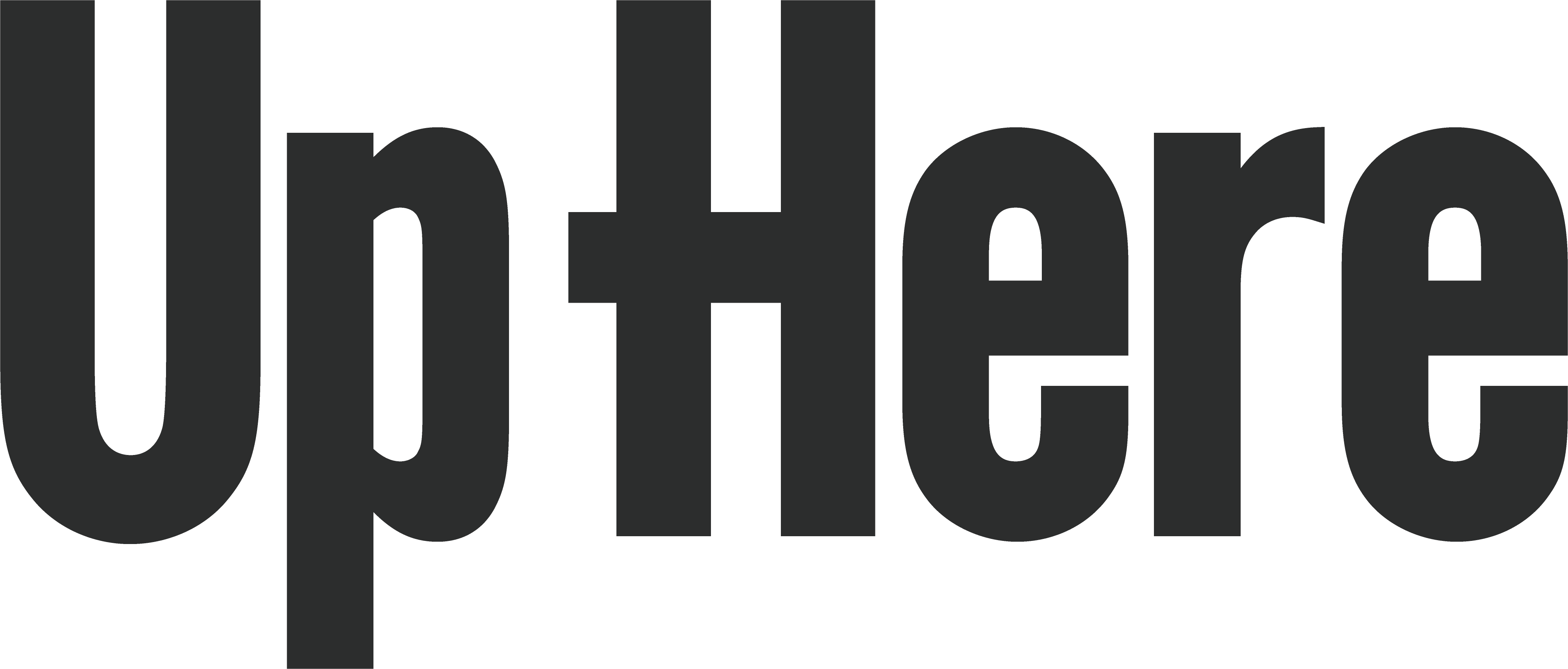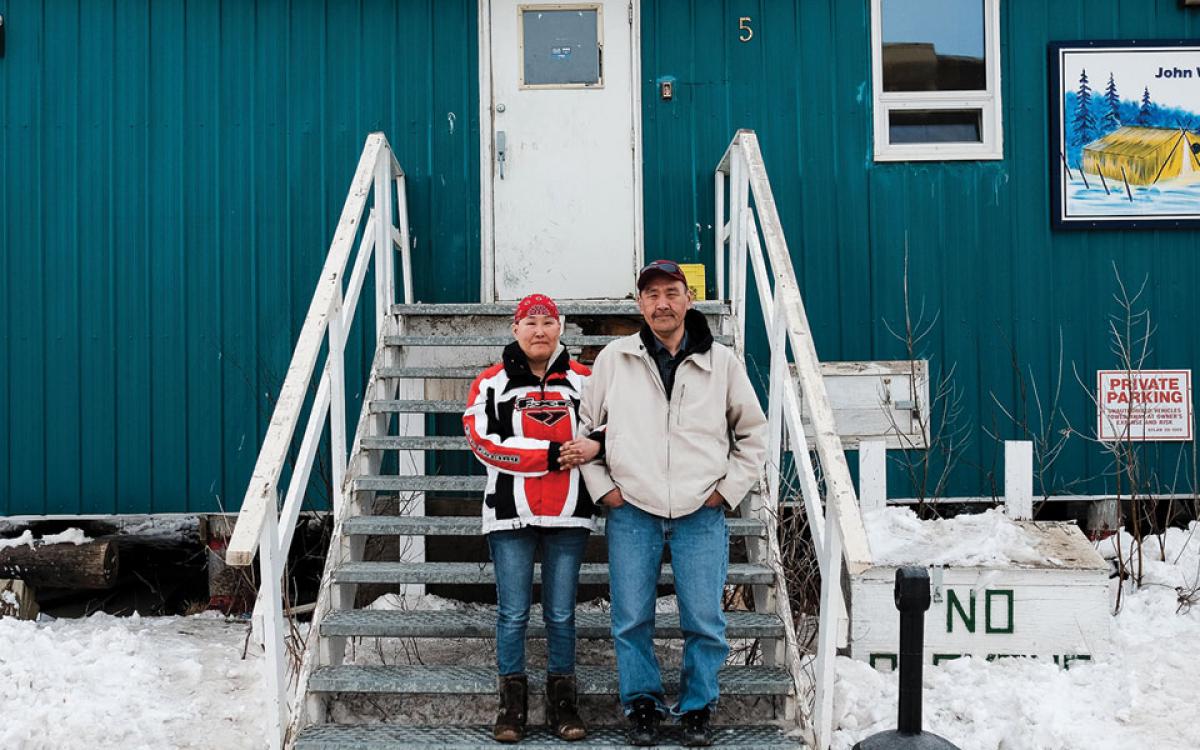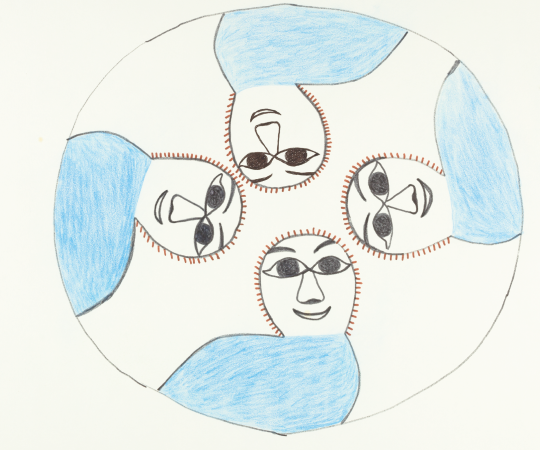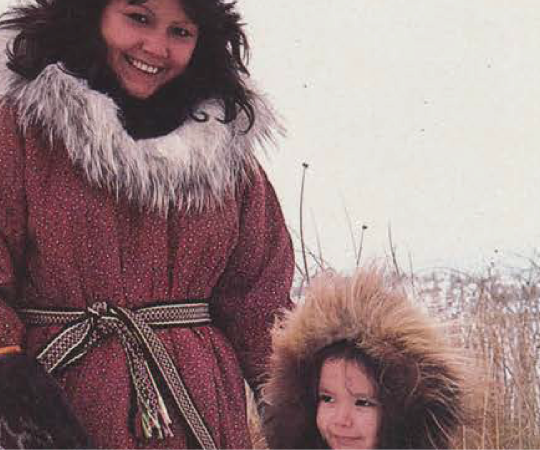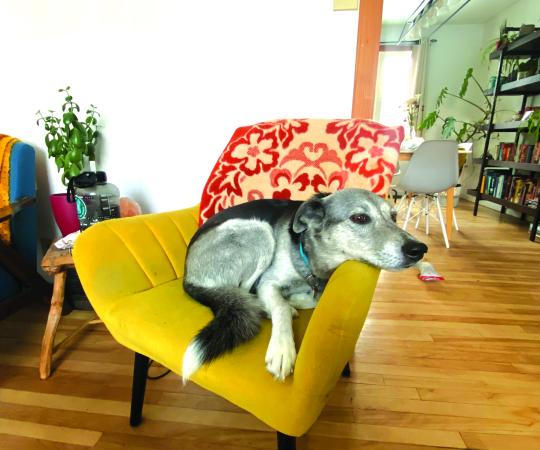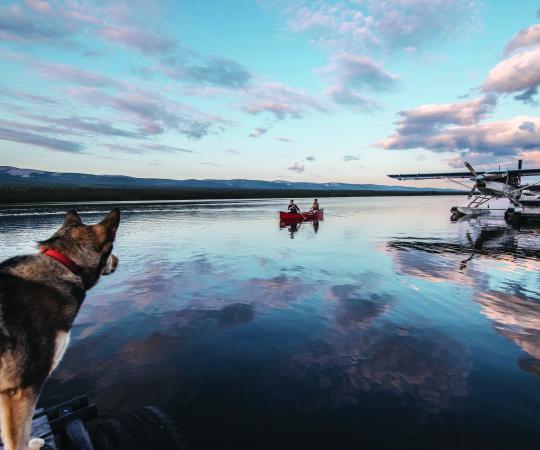If it wasn’t for the Inuvik Emergency Warming Centre, Richard “Stick” Edwards says he would likely spend winter nights in jail. That’s often the best option, next to sleeping on the streets or finding someone in town to stay with long-term, when the temperature can dip down to -40 C overnight.

The centre has been open since 2013 to provide a safe place for those without shelter during the cold months of the year. Inuvik has a homeless shelter that’s open year-round, but its strict zero-tolerance policy for alcohol and intoxication makes it inaccessible for people with addictions.

Leonard Kikoak is originally from Tuktoyaktuk, but he calls Inuvik his second home. “My two brothers passed from drinking, my father passed from drinking, and my mother died of a broken heart. I don’t blame the family history for drinking—drinking is my choice. It has always been my choice. The warming centre is my last chance. It’s something to look forward to. The centre is home to me, my security for the night. During the day it’s all about alcohol, where to get the next drink,” he says. “Alcohol is our escape from unmanageable issues. There are good men and women here who want people to know that they are trying to stop. It’s a matter of getting help, getting into programs. Joey is doing an amazing job, the staff too. They are really good people. I hope this helps with the public view of homeless people. Everybody here is fighting their own demons.”
At 8 a.m. on an April morning, I push the centre’s heavy door open and leave my boots in the entryway with several other pairs lined up. Residents are preparing to leave for the day. It’s -10 C outside. A few men are still watching a recap of last night’s hockey game. Joey Amos, the centre’s manager, offers me a cup of coffee. The facility is clean and cozy. “We’d like it to be more like a home, and less like an institution,” says Amos.
The warming centre was officially named the John Wayne Kiktorak Centre in honour of the former fire chief from Aklavik—and Inuvik volunteer firefighter—who froze to death on a trail in town while intoxicated in December 2015.
Kiktorak’s story is an example of the shortcomings of addictions treatment in the Northwest Territories. Since the territorial government stopped funding Hay River’s Nats’ejee K’eh Treatment Centre back in 2013, anyone seeking addictions treatment has had to travel out of the territory. (Edwards recently went south to seek treatment for his addiction to alcohol and marijuana; the admissions process was facilitated by warming centre staff.)


But Amos says there are two major issues with this. First, people are removed from their home communities for treatment and then sent back home with no aftercare programs in place. Second, while the majority of the warming centre’s residents are Indigenous, staff in southern treatment facilities aren’t. And they’re not necessarily familiar with the cultural backgrounds of their patients or the challenges they might face back home. For treatment to be successful, Amos argues, it must consider both residential school trauma and the general impact colonialism has had on First Nations people and Inuit in Canada.
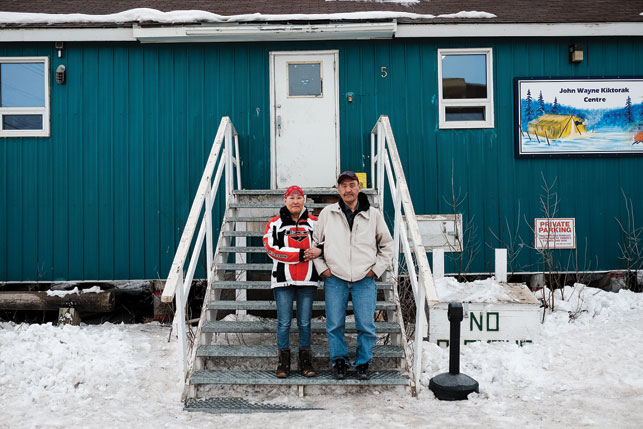
In Inuvik, Amos wants to see a safe space where severely intoxicated people can go to sleep that is separate from sober and recovering people. He also wants to see day-time programming aimed at helping people get better, and a long-term funding plan that would allow him to keep the centre open 12 months a year. For now, it’s only open in the winter and remains closed during the day. Amos thinks a transitional program could be put in place so residents can gradually move on from the centre to the homeless shelter, then to transitional housing, and finally public housing. Due to strict public housing regulations and landlord reference requirements, it’s difficult for homeless people to get into subsidized housing—and the odds of getting evicted are high if their access to treatment and counselling is limited. These factors only perpetuate the cycle of addiction and homelessness.
